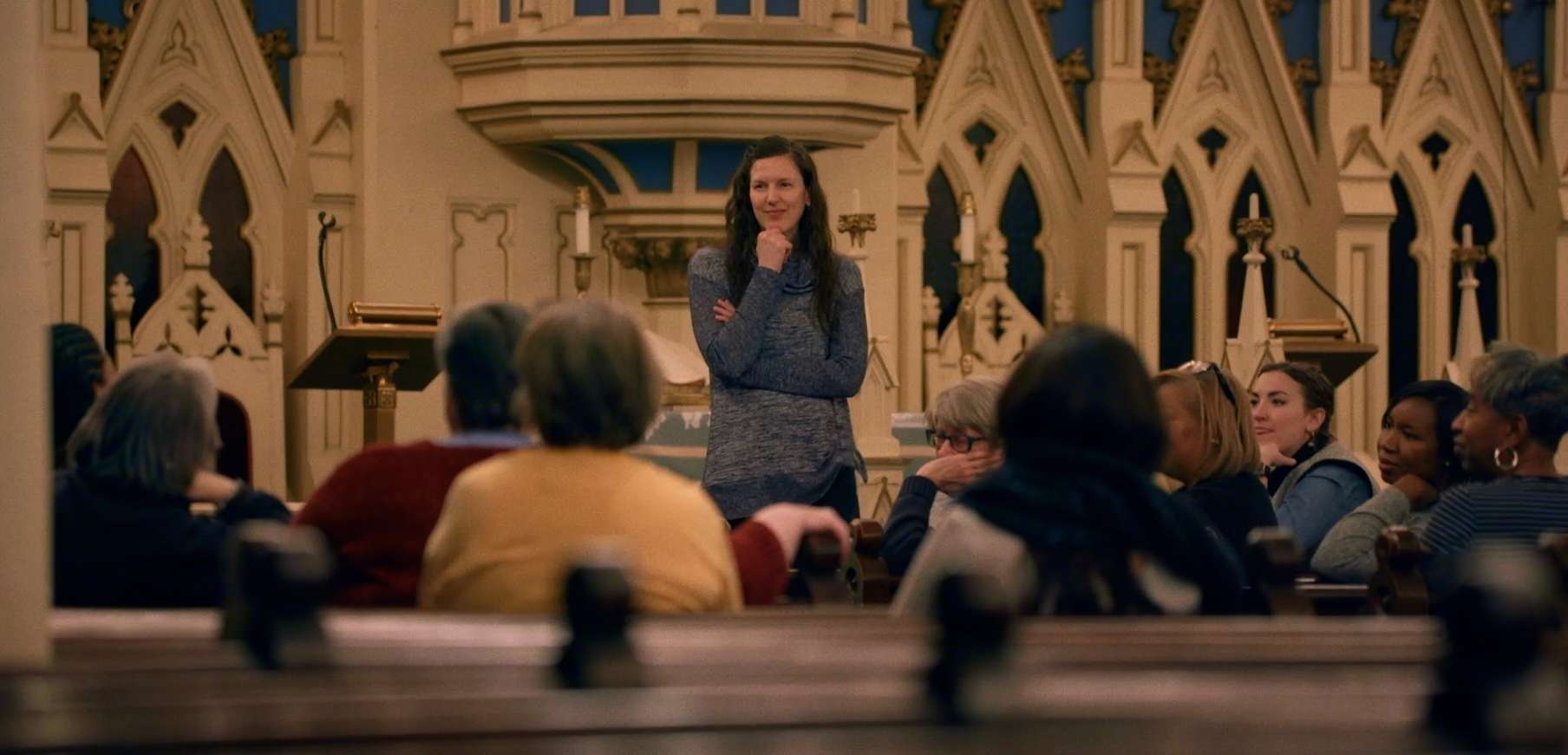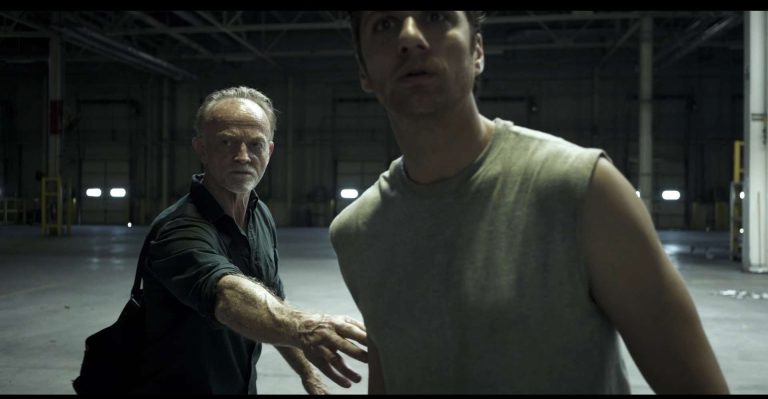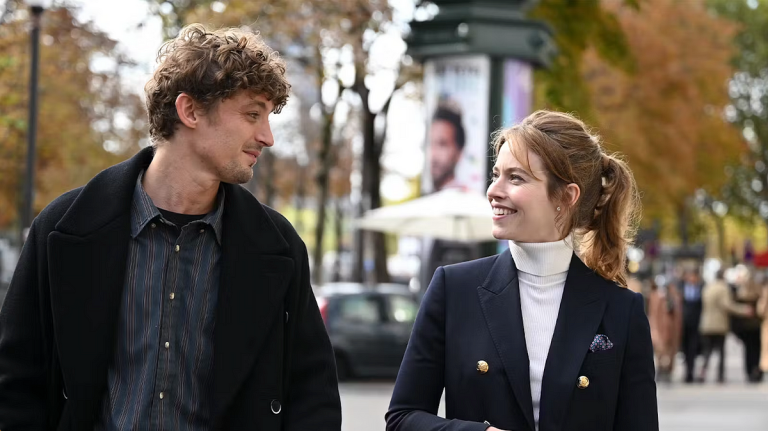James Kicklighter’s “The American Question” spans over 8 years and looks right into the centre of a divide that has always been there at the core of the nation’s political standpoint. The Democrats and the Republicans have never seen eye to eye and the gap that we can see between their agendas and ideologies has increased to such an extent in the last decade that it has now become incredibly difficult to bring the two ends together to have a subjective discussion, even if there is some kind of common ground.
With the rise of social media, differences in political opinions have grown more divisive, often fuelling anger and tension—even among people who have known each other their entire lives. Seen through political analyst Guy Seeman’s point of view, the documentary entails a lot of questions that you may have if you are also wondering why America – despite being the biggest economy in the world, cannot have a united front when it comes to choosing a government.
Now, of course, that very basic question is not as simple as it seems. The complexity of the question can be subcategorised and dismembered into a lot of other pertinent questions that can be attributed to the wide scope of regional and religious differences – which inherently have some kind of direct or indirect influence on what could have led to this polarising and catastrophic rise in not being able to form a united front. However, Kicklighter’s documentary wishes to bring it down to some of its most needful reasons. One of which has to be a lack of trust in our neighbors.

Now, with the recent re-election of Donald Trump, the documentary becomes more direct and timely. The divide and fracture in the political system cannot be understood without having a neutral standpoint and that is why “The American Question” stands out. It is a very simplistic and unbiased look at the way the two sides of the spectrum work. The talking head approach features interviews from both experts and the general public and despite some wild and out-there points of view, it never leans towards any of the sides.
The objectivity of that approach doesn’t necessarily provide concrete answers but it digs into the demographic difference, shedding away from the city to more local outlooks to see how and why people are choosing to not be united on the political front. I also like that despite this heavy-handed approach, there is a gentleness and hopefulness to the differences; with an outright message of more empathy and open dialogue bridging that gap that we have among our peers.
That said, “The American Question” could have dug deeper into the impact race and privilege have on the idea of support and how education and isolation lead to a more radical standpoint when it comes to being anti-establishment. I liked that the jump from the 2016 elections to a post-COVID era gives us a leeway into the change that shapes some of the differences. However, pointing fingers at people who don’t choose to have a dialogue with someone who is not politically inclined to their ideologies is a pretty complicated issue that could have been used more nuanced to explain to a viewer.
Additionally, I did not really like the use of the score in the sequences that closely cut B-roll footage with data that has been collected through the years. The editing occasionally feels jarring, providing nothing substantial to what Kicklighter is aiming for. Consequently, the reason that this narrative is a must-see is that it knows that these differences between opinions, as history would have it, find a reset, and for America or for any other country in the world, the reset will happen sooner than later.





![Mark, Mary and Some Other People [2021]: ‘Tribeca’ Review – Tonally inconsistent comedy explores polyamory in modern relationships](https://79468c92.delivery.rocketcdn.me/wp-content/uploads/2021/06/Mark-Mary-and-Some-Other-People-Tribeca-highonfilms-1-768x316.jpg)
![And Then We Danced [2019] Cannes Review – A Georgian combination of Call Me By Your Name & Whiplash](https://79468c92.delivery.rocketcdn.me/wp-content/uploads/2019/05/and-then-we-danced-high-on-films-768x432.jpg)

![The Social Network [2010]: Exaggerated, Dramatic but Brilliant](https://79468c92.delivery.rocketcdn.me/wp-content/uploads/2016/01/The-Social-Network-768x434.jpg)